Home>Furniture & Design>Interior Design Trends>What To Do For Kids’ Room Decoration
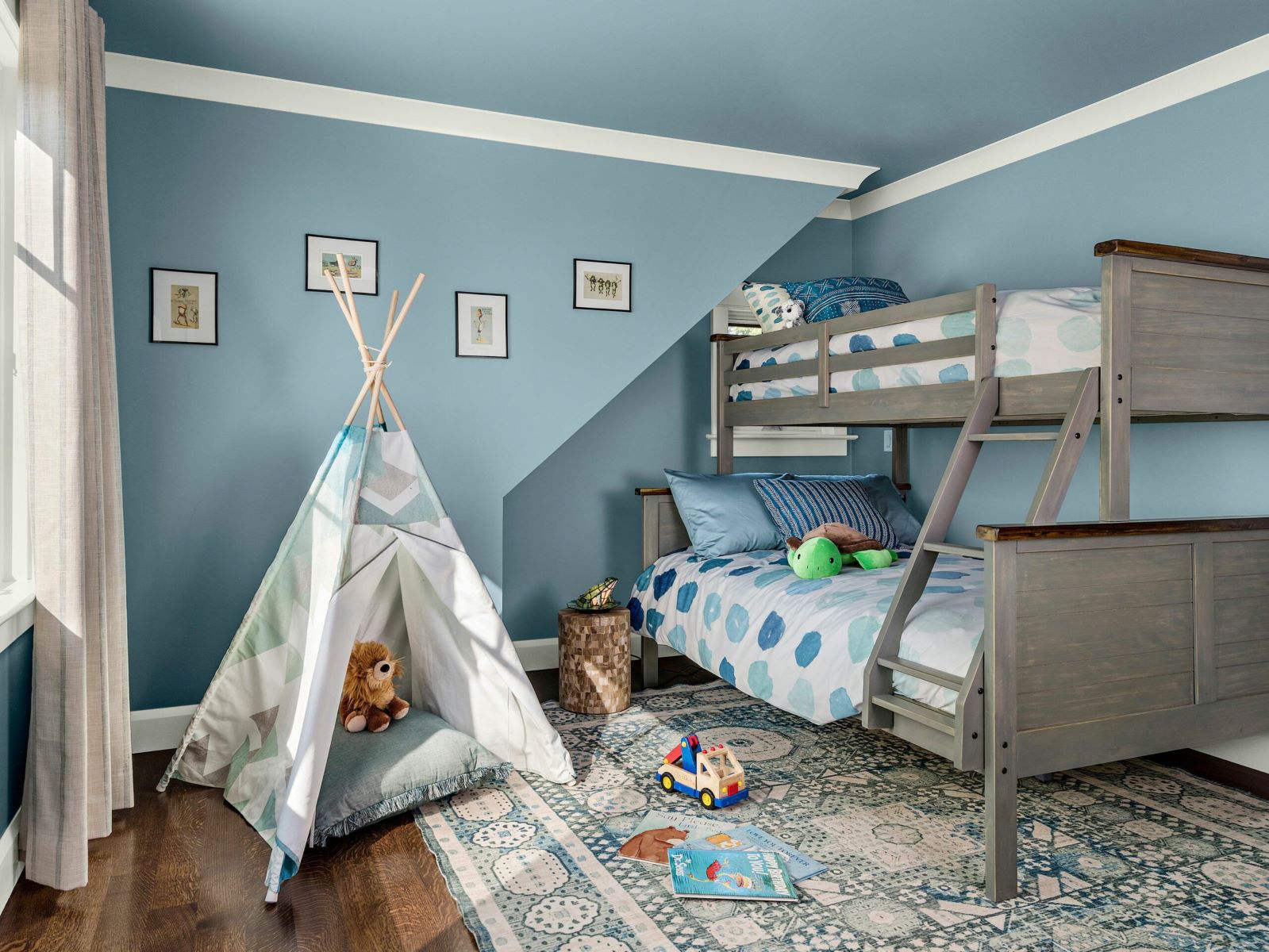

Interior Design Trends
What To Do For Kids’ Room Decoration
Modified: January 9, 2024
Discover the latest interior design trends for kids' room decoration. Get inspired with creative ideas and tips for a stylish and functional space.
(Many of the links in this article redirect to a specific reviewed product. Your purchase of these products through affiliate links helps to generate commission for Storables.com, at no extra cost. Learn more)
Choosing a Theme
When it comes to decorating a kids’ room, selecting a theme is a crucial first step. A theme sets the tone for the entire room and can inspire creativity and imagination. The key is to choose a theme that resonates with your child’s interests and preferences.
Consider involving your child in the decision-making process. Ask them about their favorite activities, hobbies, and characters. Whether they’re passionate about outer space, dinosaurs, princesses, superheroes, or animals, there’s a theme that can bring their dreams to life.
Additionally, think about a theme that can grow with your child. While they may adore a certain cartoon character now, their interests may evolve over time. Opting for a timeless or adaptable theme can save you from frequent redecorating.
Furthermore, keep in mind the practicality of the theme. Ensure that it’s versatile enough to accommodate changes in furniture, accessories, and wall décor as your child matures. A well-chosen theme can create a cohesive and visually appealing space that reflects your child’s personality.
Remember, the goal is to create a room that sparks joy and fosters a sense of belonging for your child. By selecting a theme that aligns with their passions and can adapt to their growth, you can lay the foundation for a space that they’ll cherish for years to come.
Key Takeaways:
- Choose a theme that reflects your child’s interests and can grow with them. It sets the tone for the room and sparks creativity, creating a space they’ll cherish for years.
- Select colors that promote relaxation or inspire playfulness, considering your child’s preferences and the room’s natural light. Timeless palettes endure as your child grows, saving you from frequent repainting.
Read more: What To Do If Your Dining Room Has Carpet
Selecting Colors
Choosing the right colors for a kids’ room is a vital aspect of creating a vibrant and stimulating environment. Colors have the power to influence mood, behavior, and creativity, making it essential to select them thoughtfully.
When contemplating color schemes, consider the psychological effects of different hues. Soft, pastel shades such as calming blues, gentle greens, and serene lavenders can promote relaxation and tranquility, ideal for promoting restful sleep. On the other hand, vibrant and energetic colors like cheerful yellows, lively oranges, and bright reds can inspire creativity and playfulness.
Additionally, take into account your child’s preferences. If they have a favorite color, consider incorporating it into the room’s palette. You can also introduce complementary or contrasting colors to add depth and visual interest.
Moreover, think about the longevity of the chosen colors. While it’s tempting to embrace the latest trends, timeless color palettes can endure as your child grows, saving you from frequent repainting. Opting for neutral walls and introducing color through accessories, bedding, and artwork offers flexibility and adaptability.
Furthermore, consider the room’s natural light when selecting colors. Rooms with ample natural light can accommodate a wider range of colors, while darker spaces may benefit from lighter hues to create a sense of airiness and brightness.
Ultimately, the goal is to create a harmonious and stimulating space that reflects your child’s personality and supports their well-being. By considering the psychological impact of colors, your child’s preferences, longevity, and natural light, you can craft a color scheme that fosters a nurturing and inspiring atmosphere.
Furniture and Storage
When designing a kids’ room, furniture and storage solutions play a pivotal role in creating a functional and organized space that accommodates your child’s needs and activities.
Start by selecting furniture that is both practical and versatile. Consider pieces that can adapt as your child grows, such as convertible cribs that transition into toddler beds or desks with adjustable heights. This approach ensures longevity and minimizes the need for frequent replacements.
Additionally, prioritize safety and durability when choosing furniture. Opt for rounded edges, sturdy construction, and non-toxic materials to create a secure environment for your child. Investing in high-quality pieces can withstand the wear and tear of active play and provide lasting comfort.
Furthermore, efficient storage solutions are essential for maintaining a clutter-free and organized room. Incorporate multifunctional furniture with built-in storage, such as beds with drawers, ottomans with hidden compartments, and bookshelves with integrated toy bins. These solutions optimize space and encourage tidiness.
Consider involving your child in the organization process. Empower them to participate in arranging their belongings, making it easier for them to maintain a tidy space and fostering a sense of responsibility. Labeling storage containers with colorful and playful tags can also make clean-up more engaging for young children.
Moreover, explore creative storage options that reflect the room’s theme. Utilize decorative baskets, themed storage bins, and wall-mounted organizers to infuse personality while keeping items easily accessible. This approach combines functionality with aesthetics, enhancing the room’s visual appeal.
Ultimately, the combination of adaptable furniture and effective storage solutions creates a versatile and inviting space that evolves with your child’s needs. By prioritizing safety, durability, organization, and personalization, you can design a room that promotes comfort, creativity, and a sense of ownership for your child.
Wall Decor
When it comes to designing a captivating kids’ room, wall decor serves as a powerful tool for infusing personality, creativity, and visual interest into the space. Thoughtfully curated wall decorations can transform plain walls into captivating focal points that reflect your child’s interests and imagination.
Consider incorporating removable wall decals or stickers featuring your child’s favorite characters, animals, or nature scenes. These versatile and temporary options allow for easy updates as your child’s preferences evolve, providing a dynamic and personalized backdrop for the room.
Furthermore, embrace the opportunity to showcase your child’s artwork and creations. Create a dedicated art display area using colorful frames, corkboards, or wire grids to exhibit their masterpieces. This not only celebrates their creativity but also instills a sense of pride and accomplishment.
Integrating educational elements into the wall decor can also be both functional and visually engaging. Install a world map, alphabet posters, or interactive growth charts to inspire learning and exploration. These additions can spark curiosity and serve as valuable educational tools within the room.
Additionally, consider incorporating decorative shelving to display cherished toys, books, and collectibles. Floating shelves in various shapes and sizes can add dimension and visual appeal to the walls while providing practical storage and display space for your child’s favorite items.
Experiment with a mix of textures and materials to add depth and character to the walls. Incorporate woven tapestries, fabric wall hangings, or personalized name signs to infuse warmth and individuality into the room. These tactile elements contribute to a cozy and inviting atmosphere.
Ultimately, the goal of wall decor in a kids’ room is to create a visually stimulating and personalized environment that reflects your child’s interests, fosters creativity, and encourages self-expression. By incorporating removable decals, showcasing artwork, integrating educational elements, utilizing decorative shelving, and experimenting with textures, you can craft a dynamic and inspiring space that resonates with your child’s unique personality.
When decorating a kids’ room, consider using bright and playful colors to create a fun and stimulating environment. Incorporate storage solutions to keep the room organized and safe, and involve your child in the decorating process to make it a collaborative and enjoyable experience.
Lighting
Lighting plays a crucial role in shaping the ambiance and functionality of a kids’ room. Thoughtfully chosen lighting elements can create a warm, inviting atmosphere while providing practical illumination for various activities. By incorporating a mix of ambient, task, and accent lighting, you can enhance both the aesthetic appeal and functionality of the space.
Begin by selecting a central light fixture that complements the room’s theme and reflects your child’s personality. Whether it’s a whimsical pendant light, a playful chandelier, or a colorful ceiling fan with integrated lighting, the central fixture serves as a focal point while providing general illumination.
For task lighting, consider incorporating adjustable desk lamps or wall-mounted sconces near study areas, reading nooks, or play spaces. These focused lighting solutions offer the flexibility to direct light where it’s needed, supporting activities such as homework, reading, and creative projects.
Furthermore, accent lighting can add a touch of magic to the room. Consider incorporating string lights, night lights, or themed table lamps to create a cozy and enchanting ambiance. These subtle lighting accents can provide a sense of comfort and security, especially during bedtime.
Explore the option of smart lighting systems that offer customizable color and brightness settings. These innovative solutions allow you to adjust the lighting to suit different moods and activities, creating a dynamic and adaptable environment for your child.
Additionally, consider the importance of natural light. Maximize the room’s access to natural daylight by choosing window treatments that allow for easy adjustment of light levels. Sheer curtains, blinds, or adjustable shades enable you to control the amount of natural light while maintaining privacy and comfort.
Ultimately, the strategic integration of ambient, task, and accent lighting creates a well-lit and inviting space that caters to your child’s needs and preferences. By selecting central fixtures that reflect the room’s theme, incorporating task and accent lighting, exploring smart lighting options, and optimizing natural light, you can design a nurturing and functional environment that fosters comfort, creativity, and a sense of enchantment for your child.
Read more: What To Do With A Dining Room You Don’t Use
Personalization
Infusing a kids’ room with personalized touches is a delightful way to create a space that truly reflects your child’s individuality and interests. By incorporating elements that speak to their passions, hobbies, and unique personality, you can cultivate a room that feels like a personalized sanctuary tailored to your child’s preferences.
Start by integrating personalized decor, such as custom wall art featuring your child’s name, initial, or favorite quotes. These bespoke touches add a sense of identity to the room and serve as meaningful elements that resonate with your child.
Consider incorporating personalized bedding and linens adorned with your child’s favorite colors, patterns, or motifs. Customized pillows, blankets, and bedspreads not only add a personal touch but also create a cozy and inviting sleeping space that reflects your child’s style.
Furthermore, celebrate your child’s interests by incorporating themed accessories and decor. Whether it’s sports memorabilia, musical instruments, or hobby-related items, these personalized accents can spark joy and foster a sense of belonging within the room.
Explore the option of creating a dedicated display area for your child’s achievements, trophies, and mementos. Incorporate shelves, shadow boxes, or corkboards to showcase their accomplishments, artwork, and special keepsakes. This curated display not only instills a sense of pride but also serves as a source of motivation and inspiration.
Additionally, involve your child in the design process to ensure that the room reflects their preferences and personality. Encourage them to contribute ideas, select decor elements, and participate in DIY projects, fostering a sense of ownership and pride in their personalized space.
Ultimately, personalization transforms a kids’ room into a unique and cherished haven that celebrates your child’s individuality and creates a sense of belonging. By incorporating personalized decor, bedding, themed accessories, achievement displays, and involving your child in the design process, you can craft a space that resonates with their identity, passions, and sense of self-expression.
Safety Considerations
Creating a safe and secure environment is paramount when designing a kids’ room. By prioritizing safety considerations, you can ensure that the space not only fosters creativity and comfort but also minimizes potential hazards, providing peace of mind for both you and your child.
Begin by carefully selecting furniture with rounded edges and sturdy construction to prevent accidents and injuries. Anchor tall and heavy furniture to the wall to prevent tipping, and opt for non-toxic materials to minimize exposure to harmful chemicals.
When choosing bedding and linens, prioritize hypoallergenic materials and avoid items with small decorative elements or embellishments that could pose choking hazards. Additionally, ensure that mattresses and pillows meet safety standards and are free from potentially harmful substances.
Consider window safety by installing cordless blinds or utilizing cord cleats to keep window cords out of reach. Window guards and safety netting can also prevent falls from elevated windows, balconies, or loft beds, providing an added layer of protection.
Electrical safety is critical in a kids’ room. Use outlet covers to childproof electrical outlets, and consider cord organizers to prevent tripping hazards and discourage tampering with cords. Ensure that all lighting fixtures and electrical appliances are in good working condition and meet safety standards.
Moreover, pay attention to toy safety by selecting age-appropriate toys and inspecting them regularly for any signs of wear or damage. Keep small toys and parts out of reach of young children to prevent choking hazards, and opt for non-toxic and durable materials.
It’s essential to create a safe sleep environment by adhering to crib safety guidelines and ensuring that cribs and toddler beds meet current safety standards. Utilize properly fitted crib mattresses and avoid placing soft bedding, pillows, or plush toys in the crib to reduce the risk of suffocation and Sudden Infant Death Syndrome (SIDS).
Lastly, educate your child about safety rules and guidelines within their room, emphasizing the importance of tidiness, careful use of electrical devices, and responsible play. Encouraging open communication about safety fosters awareness and empowers your child to contribute to a secure living space.
By addressing furniture safety, bedding and linens, window and electrical safety, toy safety, sleep environment, and promoting safety awareness, you can create a nurturing and secure environment that prioritizes your child’s well-being and peace of mind.
Frequently Asked Questions about What To Do For Kids' Room Decoration
Was this page helpful?
At Storables.com, we guarantee accurate and reliable information. Our content, validated by Expert Board Contributors, is crafted following stringent Editorial Policies. We're committed to providing you with well-researched, expert-backed insights for all your informational needs.
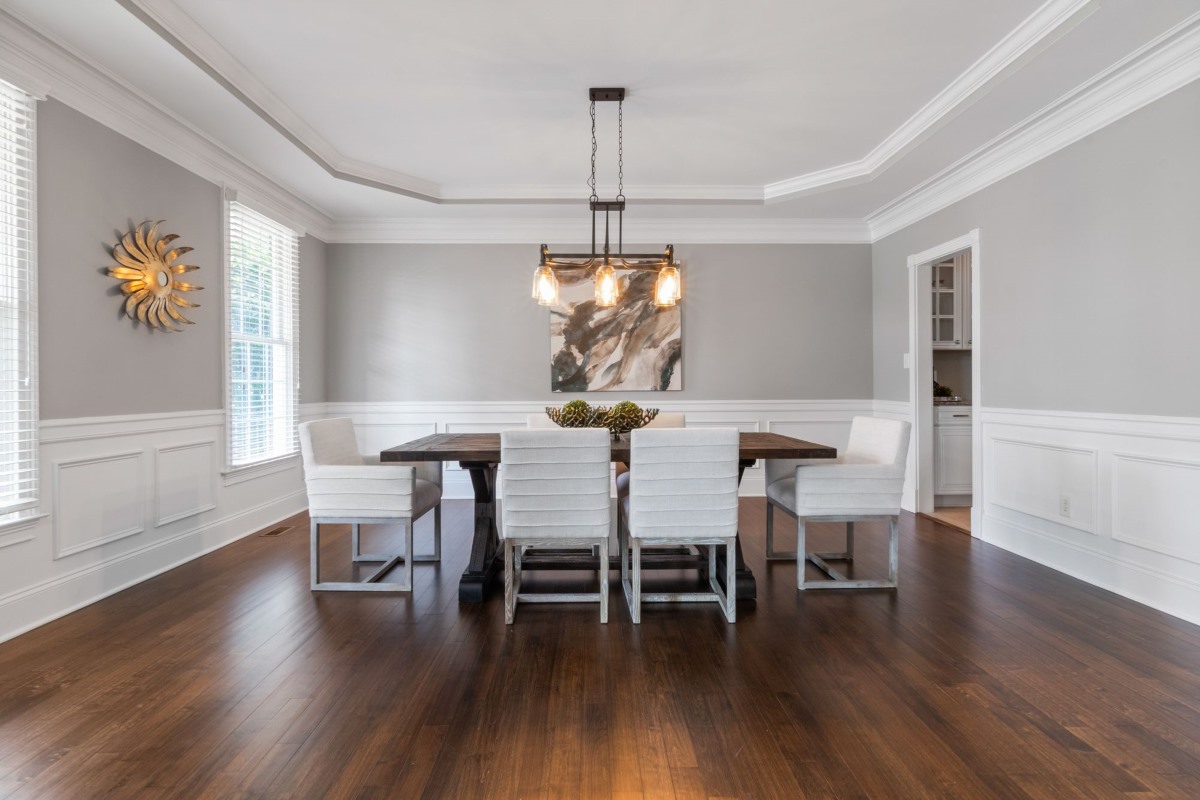
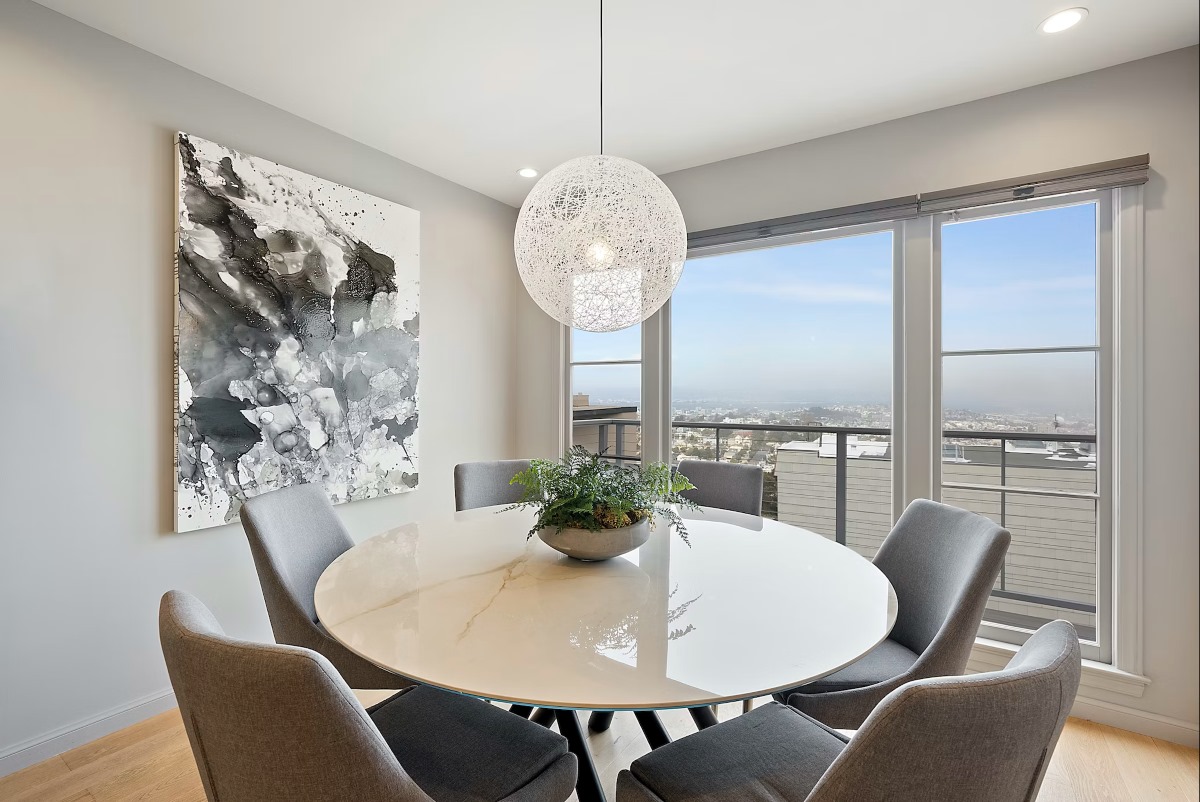
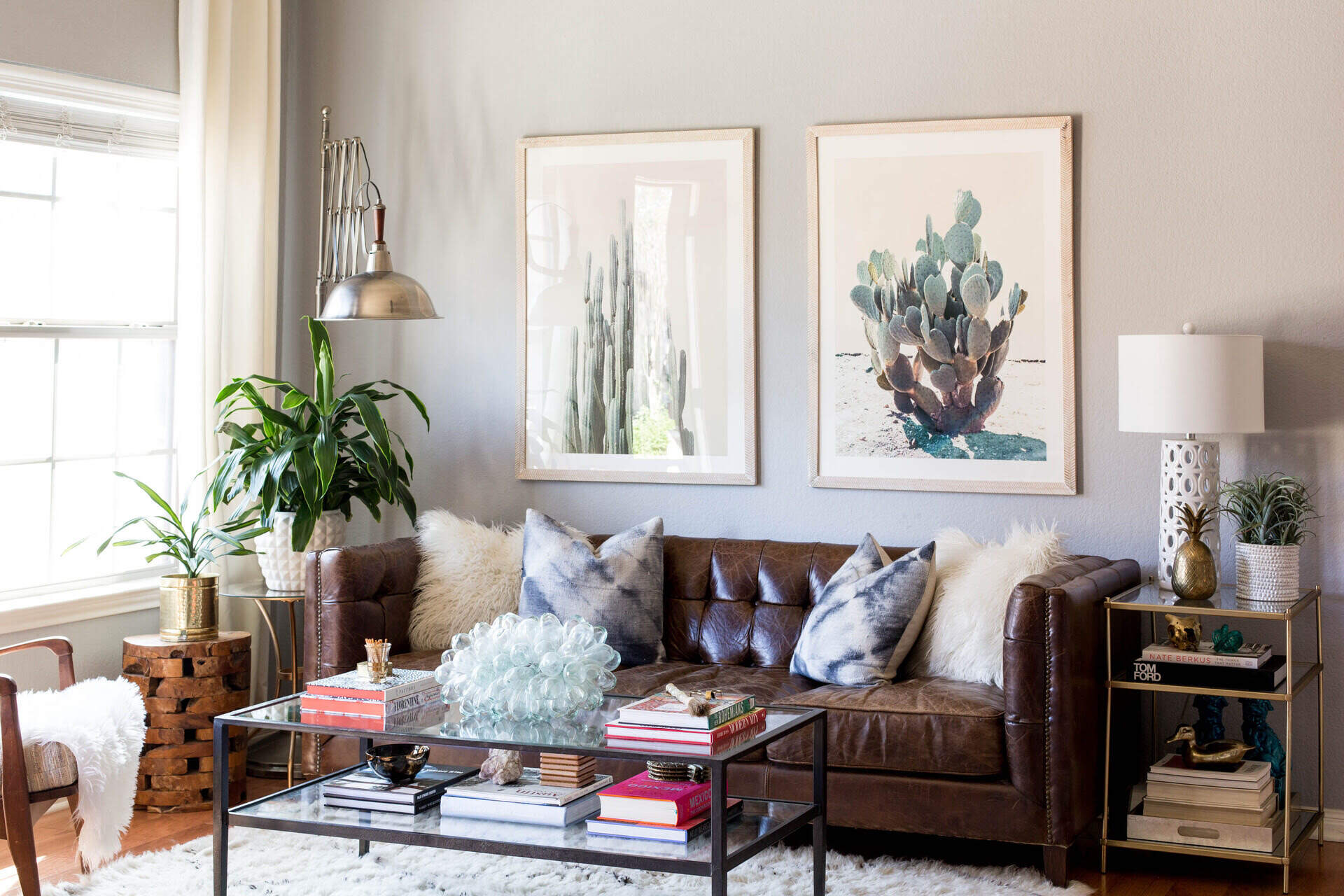
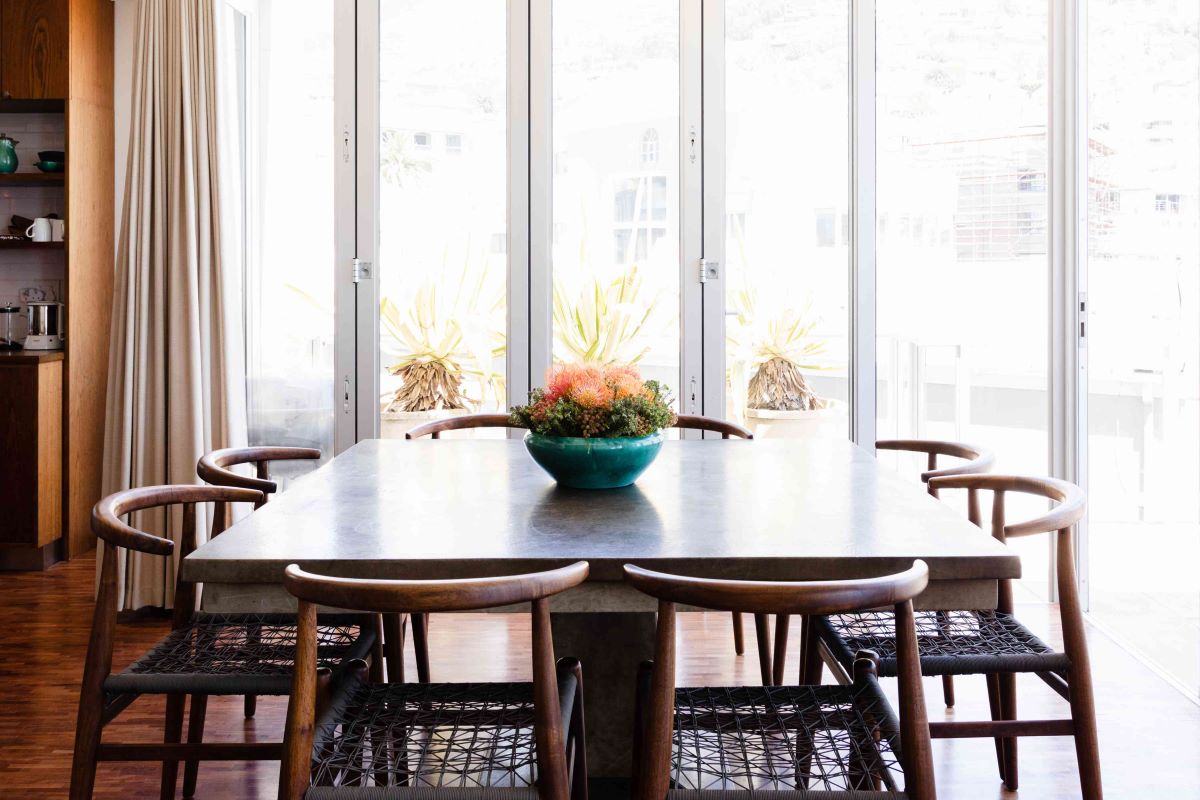
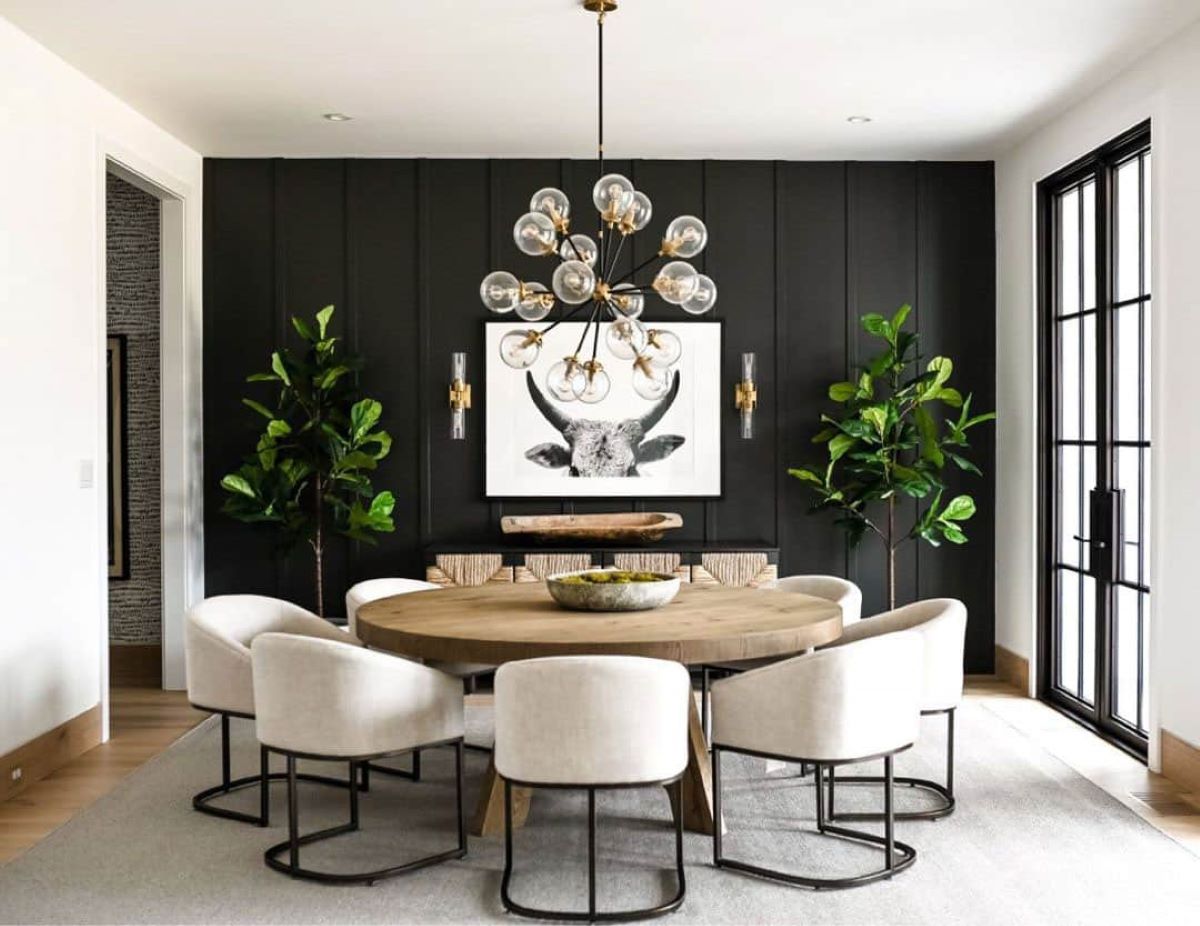
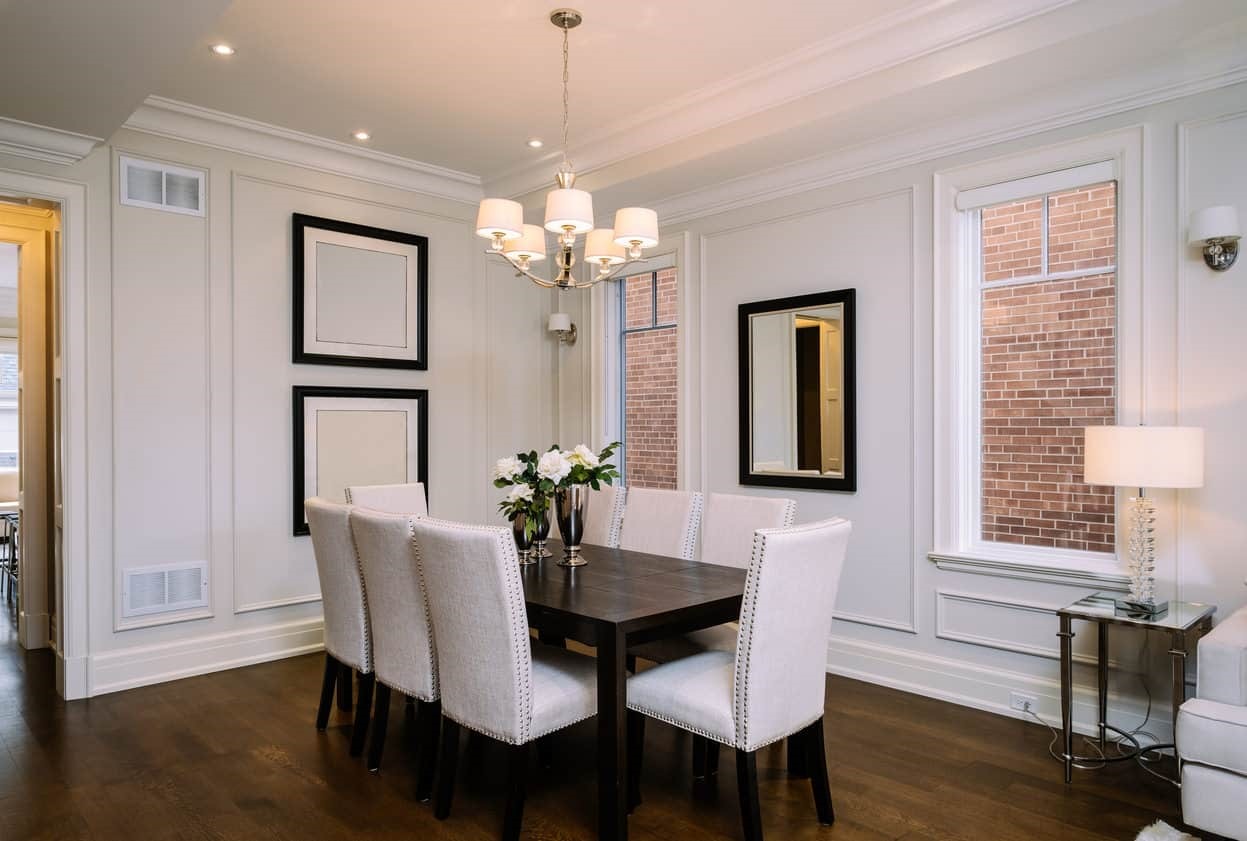
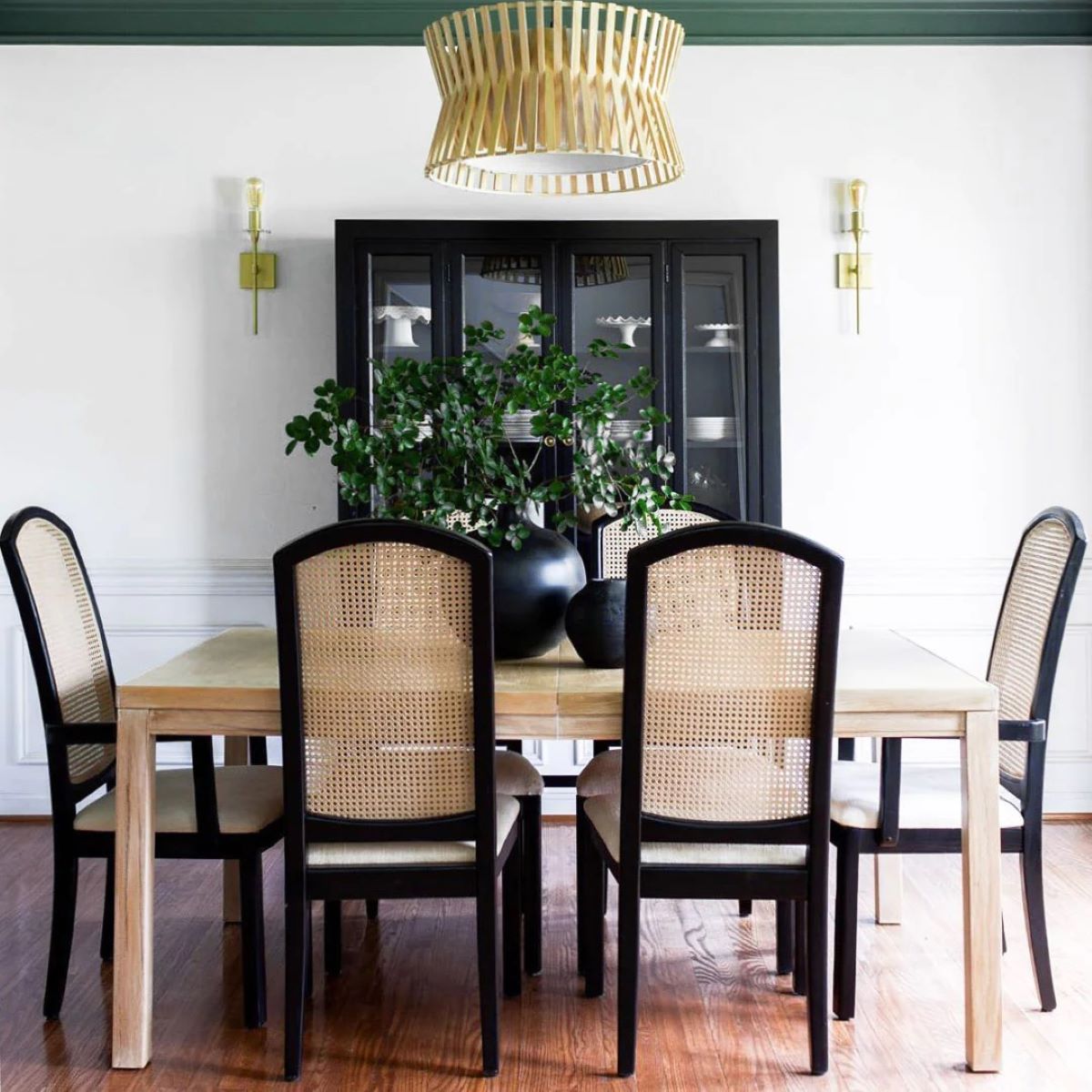
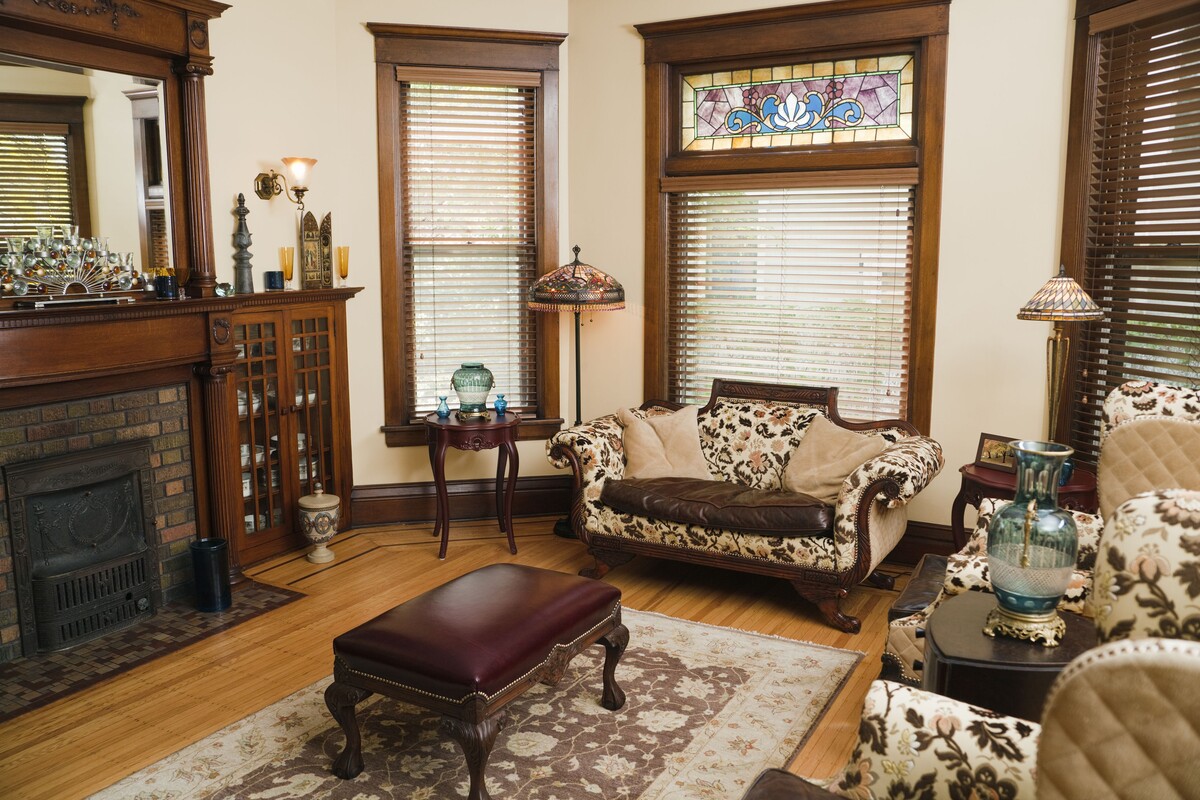
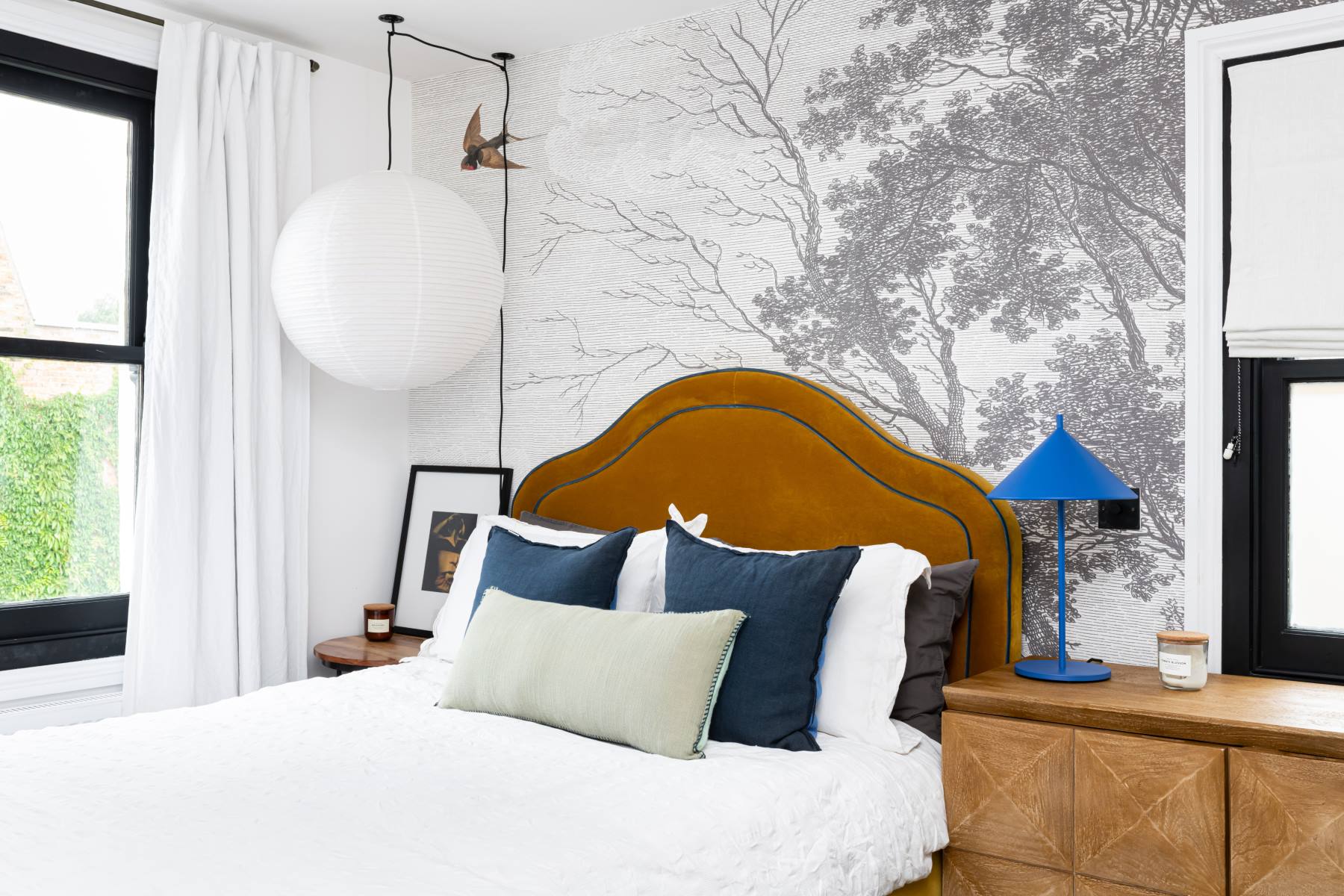
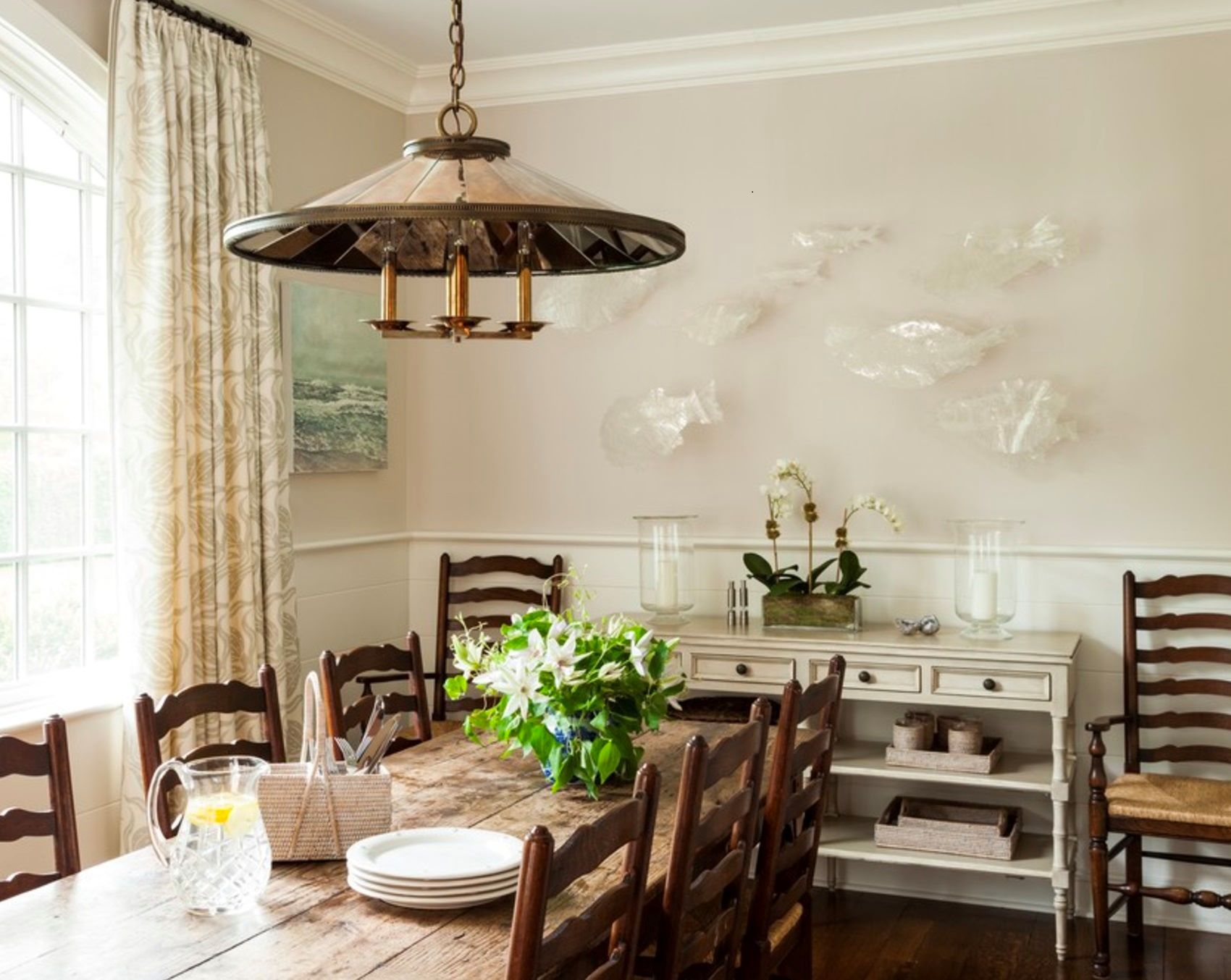
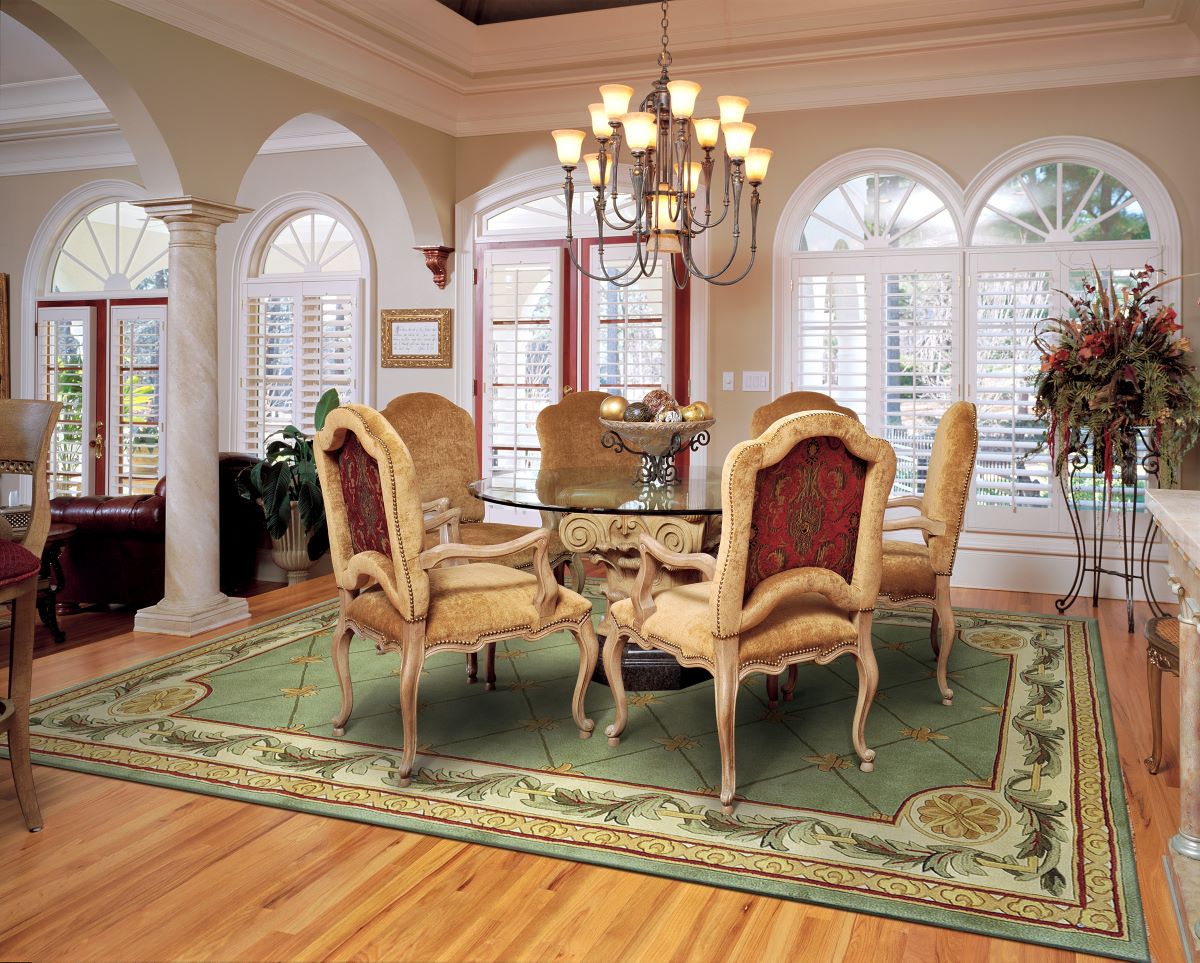
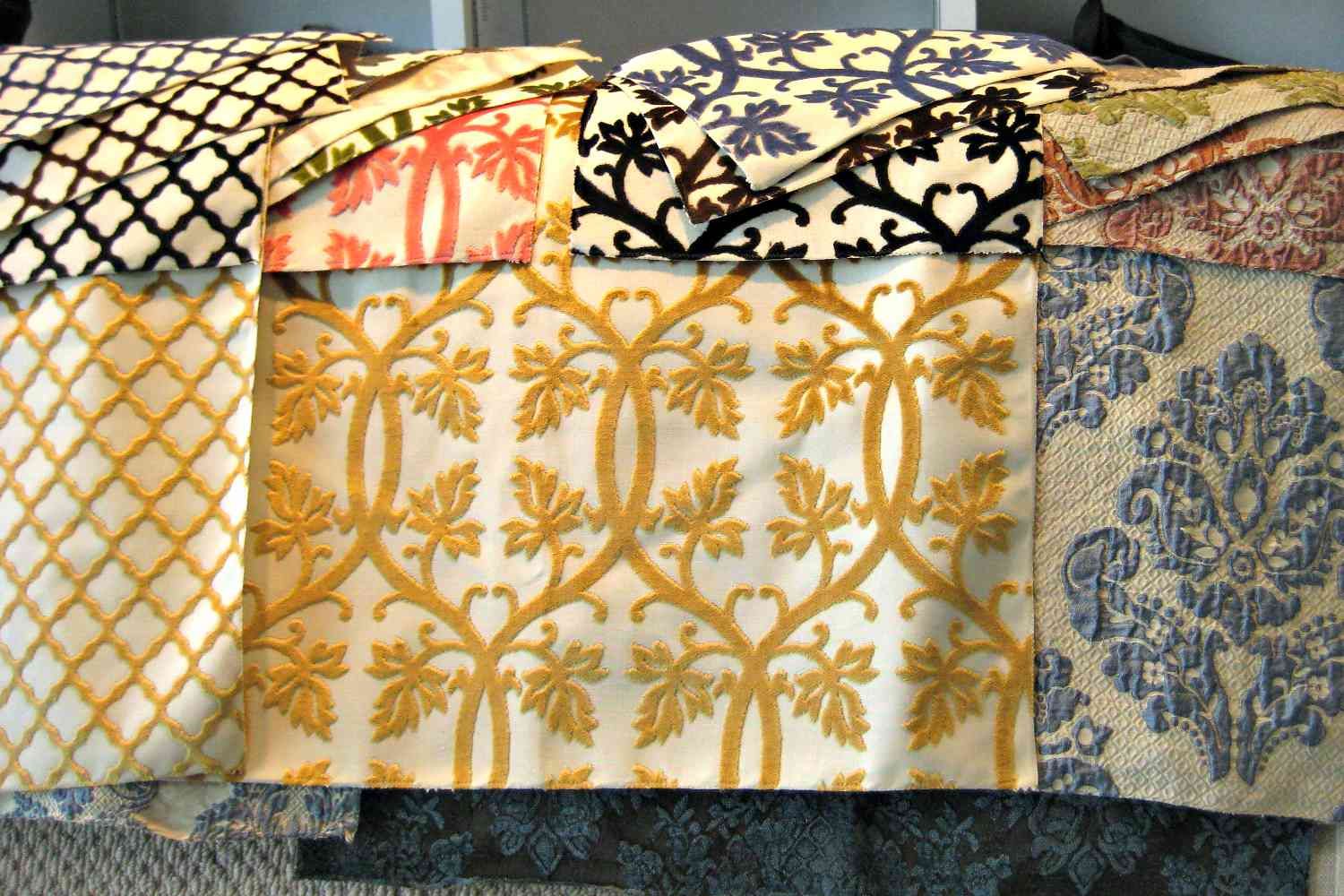
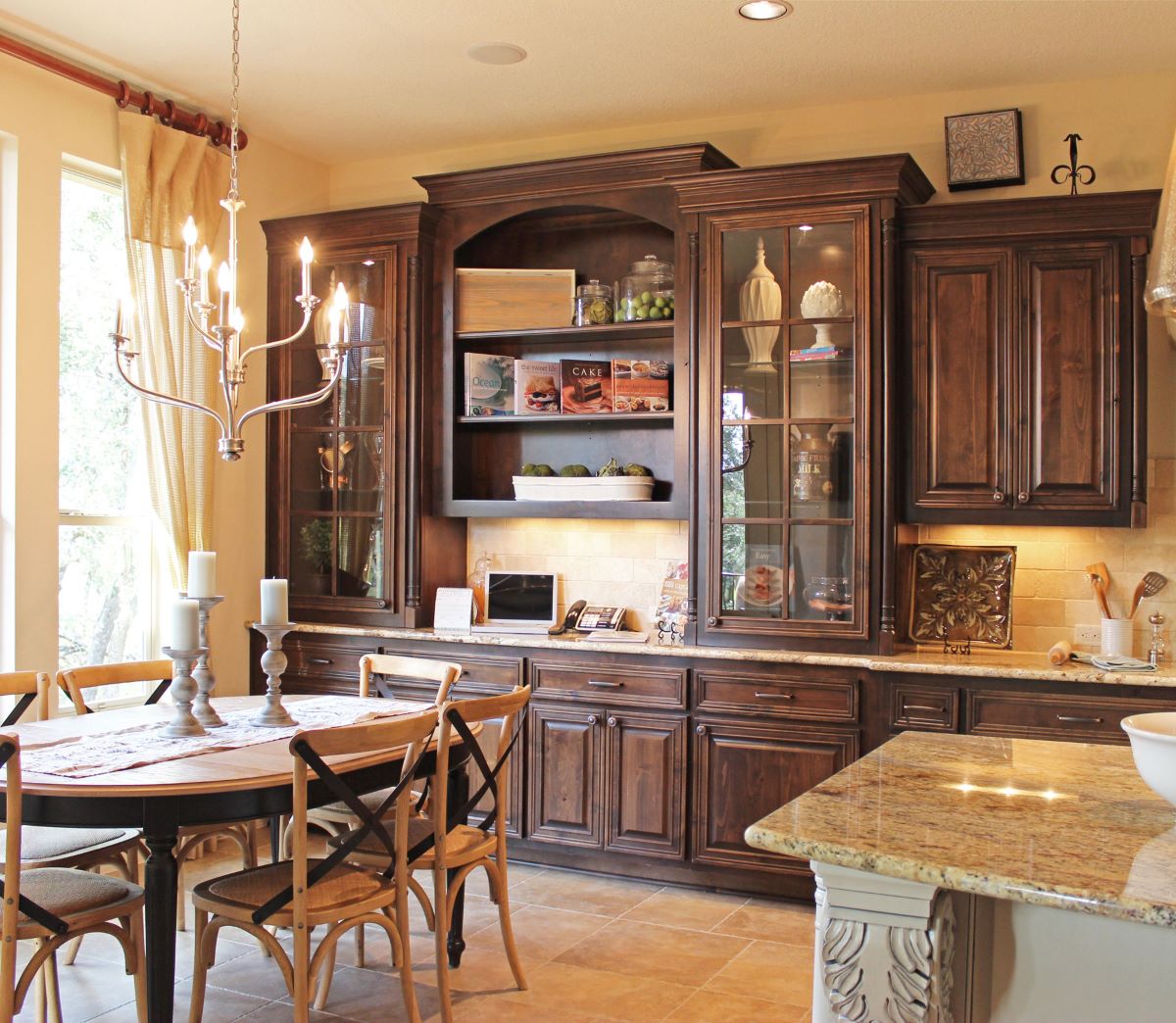
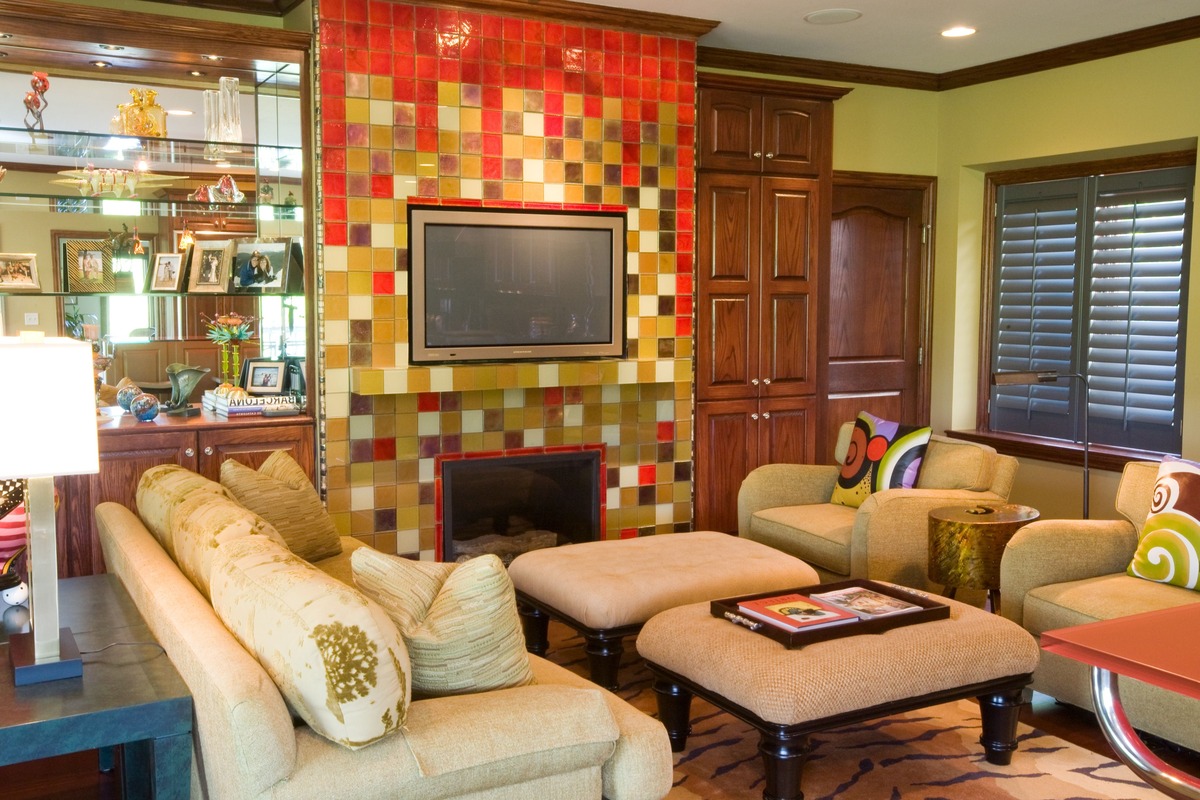

0 thoughts on “What To Do For Kids’ Room Decoration”